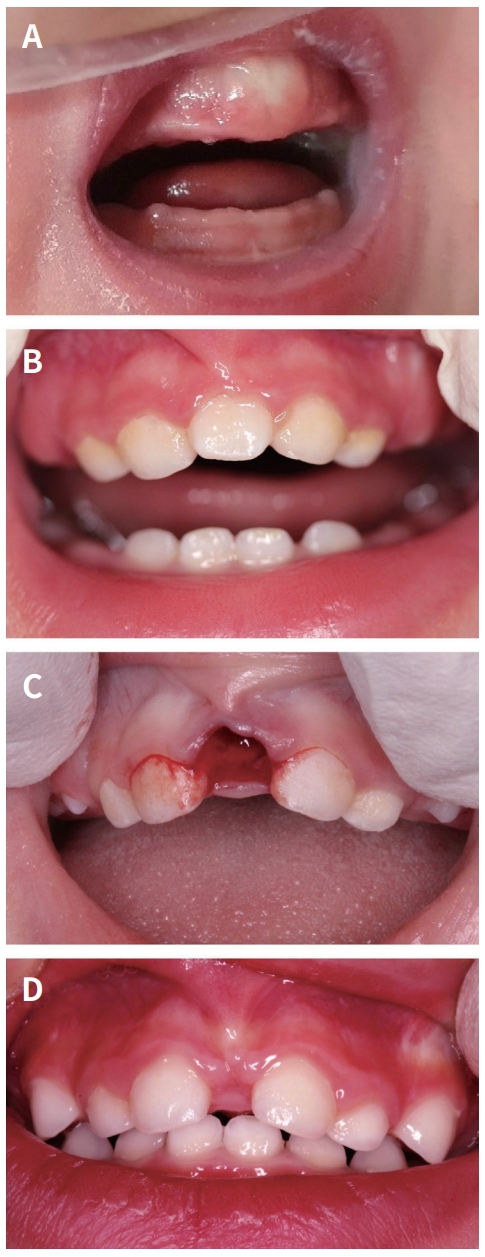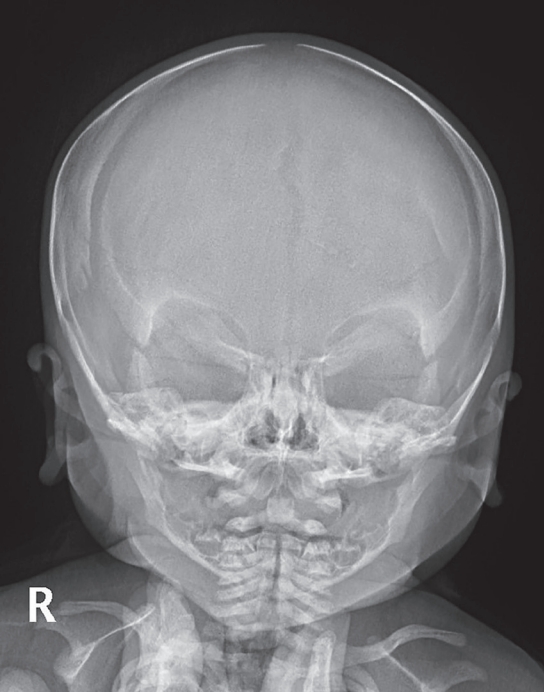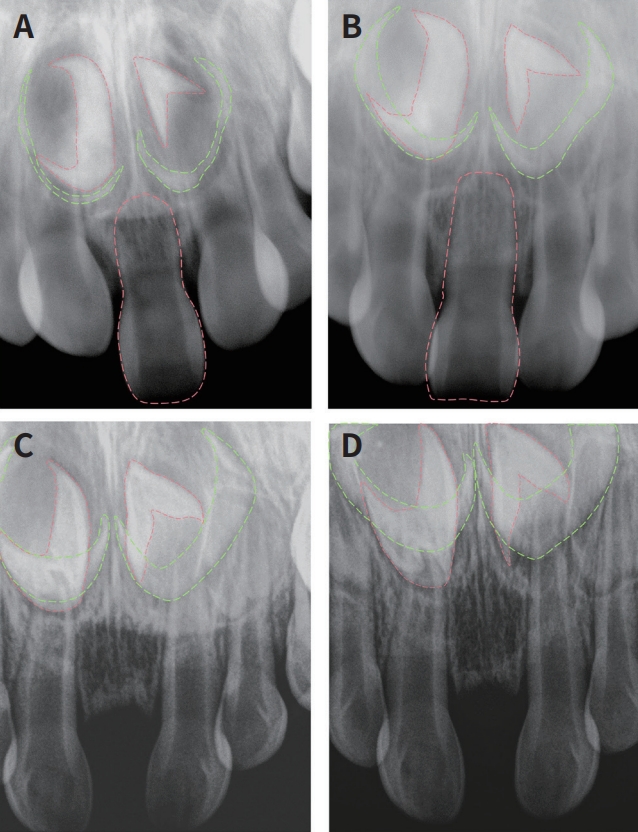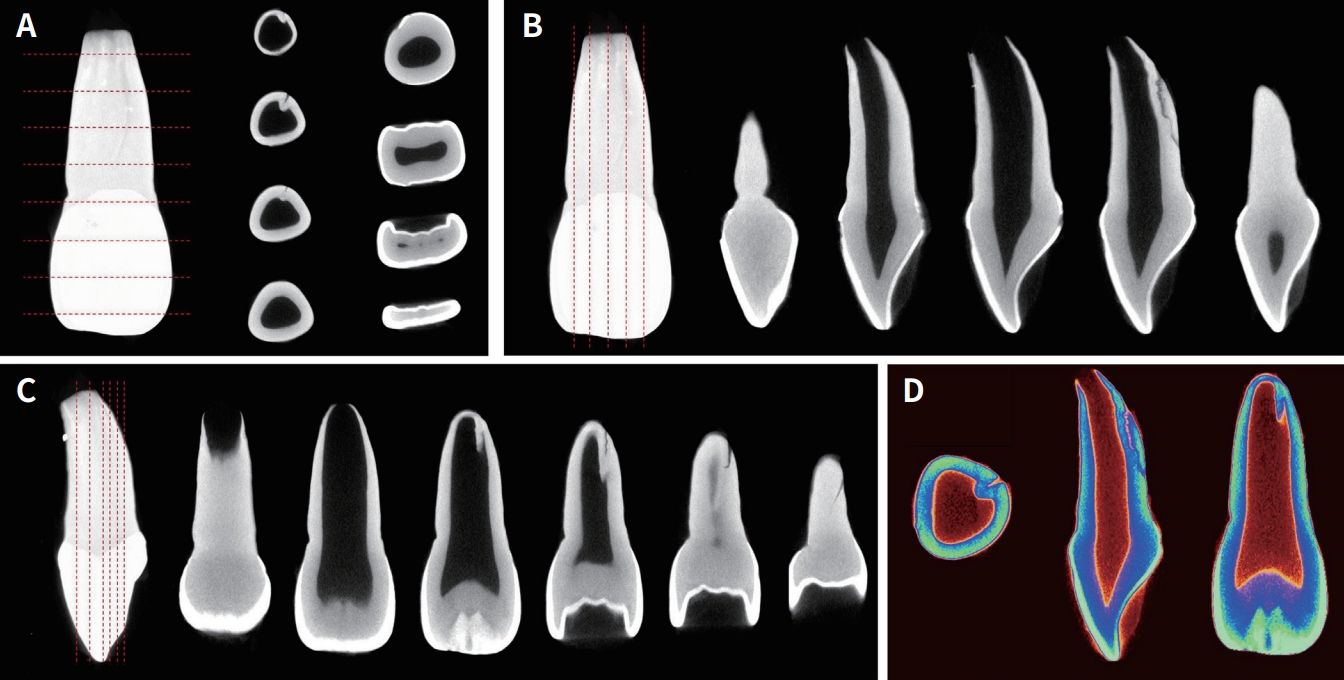1. G├╝nd├╝z K, Mu─¤lali M : Non-syndrome multiple supernumerary teeth: A case report.
J Contemp Dent Pract, 8:81-87, 2007.

2. Ata-Ali F, Ata-Ali J, Pe├▒arrocha-Oltra D, Pe├▒arrocha-Diago M : Prevalence, etiology, diagnosis, treatment and complications of supernumerary teeth.
J Clin Exp Dent, 6:E414-E418, 2014.



3. Rajab LD, Hamdan MAM : Supernumerary teeth: review of the literature and a survey of 152 cases.
Int J Paediatr Dent, 12:244-254, 2002.


4. Meighani G, Pakdaman A : Diagnosis and management of supernumerary (mesiodens): a review of the literature.
J Dent (Tehran), 7:41-49, 2010.


5. Palanisamy V, Rao A, Ongole R, Chacko V : Mandibular mesiodens-A rare case report.
J Oral Maxillofac Surg Med Pathol, 29:163-165, 2017.

6. Aren G, Erdem AP, Onur ÛD, Ak G : The prevelance of mesiodens in a group of non-syndromic Turkish children: a radiographic study.
Eur Oral Res, 52:162-166, 2018.



7. Rao PV, Chidzonga MM : Supernumerary teeth: literature review.
Cent Afr J Med, 47:22-26, 2001.

9. Fernandez Montenegro P, Valmaseda Castell├│n E, Berini Ayt├®s L, Gay Escoda C : Retrospective study of 145 supernumerary teeth.
Med Oral Patol Oral Cir Bucal, 11:E339-E344, 2006.

10. Vucicevic Boras V, Mohamad Zaini Z, Savage NW : Supernumerary tooth with associated dentigerous cyst in an infant.
Aust Dent J, 52:150-153, 2007.

11. Korean academy of pediatric dentistry : Text book of pediatric dentistry. 5th ed. Dental wisdom, Seoul, 3-5, 2014.
12. Mazonakis M, Damilakis J, Raissaki M, Gourtsoyiannis N : Radiation dose and cancer risk to children undergoing skull radiography.
Pediatr Radiol, 34:624-629, 2004.



13. Hall P, Adami HO, Trichopoulos D, Pedersen NL, Lagiou P, Ekbom A, Ingvar M, Lundell M, Granath F : Effect of low doses of ionising radiation in infancy on cognitive function in adulthood: Swedish population based cohort study.
BMJ, 328:19, 2004.



14. Madan K, Baliga S, Thosar N, Rathi N : Recent advances in dental radiography for pediatric patients: A review.
J Med Radiol Pathol Surg, 1:21-25, 2015.

15. Mallineni SK : Supernumerary Teeth: Review of the Literature with Recent Updates.
Conf Pap Sci, 2014:764050, 2014.


16. De Oliveira Gomes C, Drummond SN, Jham BC, Abdo EN, Mesquita RA : A survey of 460 supernumerary teeth in Brazilian children and adolescents.
Int J Paediatr Dent, 18:98-106, 2008.


17. Garvey MT, Barry HJ, Blake M : Supernumerary teethan overview of classification, diagnosis and management.
J Can Dent Assoc, 65:612-616, 1999.

18. Mitchell L : Supernumerary teeth. Dent Update. 16:65-69, 65-66, 68-69. 1989.

19. Nayak G, Shetty S, Singh I, Pitalia D : Paramolar - A supernumerary molar: A case report and an overview.
Dent Res J (Isfahan), 9:797-803, 2012.


20. Kaya E, G├╝ng├Čr K, Demirel O, ├¢z├╝t├╝rk ├¢ : Prevalence and characteristics of non-syndromic distomolars: a retrospective study.
J Investig Clin Dent, 6:282-286, 2015.



21. Wang XP, Fan J : Molecular genetics of supernumerary tooth formation.
Genesis, 49:261-277, 2011.



22. Liu JF : Characteristics of premaxillary supernumerary teeth: a survey of 112 cases.
ASDC J Dent Child, 62:262-265, 1995.

23. Primosch RE : Anterior supernumerary teeth - assessment and surgical intervention in children.
Pediatr Dent, 3:204-215, 1981.

24. Atasu M, Dumlu A, Ozbayrak S : Multiple supernumerary teeth in association with cleidocranial dysplasia.
J Clin Pediatr Dent, 21:85-91, 1996.

25. Alvira-Gonz├Īlez J, Gay-Escoda C : Non-syndromic multiple supernumerary teeth: meta-analysis.
J Oral Pathol Med, 41:361-366, 2012.


26. A├¦ikg├Čz A, A├¦ikg├Čz G, Tunga U, Otan F : Characteristics and prevalence of non-syndrome multiple supernumerary teeth: a retrospective study.
Dentomaxillofac Radiol, 35:185-190, 2006.


27. Yusof WZ : Non-syndrome multiple supernumerary teeth: literature review.
J Can Dent Assoc, 56:147-149, 1990.

28. Tomizawa M, Shimizu A, Hayashi S, Noda T : Bilateral maxillary fused primary incisors accompanied by succedaneous supernumerary teeth: report of a case.
Int J Paediatr Dent, 12:223-227, 2002.


29. Esenlik E, Sayin MO, Atilla AO, Ozen T, Altun C, Ba┼¤ak F : Supernumerary teeth in a Turkish population.
Am J Orthod Dentofacial Orthop, 136:848-852, 2009.


30. Taylor GS : Characteristics of supernumerary teeth in the primary and permanent dentition.
Dent Pract Dent Rec, 22:203-208, 1972.

32. Patel S, Dawood A, Wilson R, Horner K, Mannocci F : The detection and management of root resorption lesions using intraoral radiography and cone beam computed tomography - an in vivo investigation.
Int Endod J, 42:831-838, 2009.


34. Gurgel CV, Costa ALS, Kobayashi TY, Rios D, Silva SM, Machado MA, Oliveira TM : Cone beam computed tomography for diagnosis and treatment planning of supernumerary teeth. Gen Dent. 60:E131-E135, 2012.

35. Grande NM, Plotino G, Gambarini G, Testarelli L, DŌĆÖ Ambrosio F, Pecci R, Bedini R : Present and future in the use of micro-CT scanner 3D analysis for the study of dental and root canal morphology.
Ann Ist Super Sanita, 48:26-34, 2012.

36. Topalo─¤lu Ak A, Eden E, Ertu─¤rul F, S├╝tekin E : Supernumerary primary tooth with facial and palatal talon cusps: a case report.
J Dent Child (Chic), 75:309-312, 2008.

37. Nishimura F, Sekiguchi H, Hara A, Yakushiji M : Morphological characteristics on the mandibular fused deciduous anterior teeth with micro-CT.
Pediatr Dent J, 19:15-24, 2009.

38. Fumes AC, Sousa-Neto MD, Leoni GB, Versiani MA, da Silva LAB, da Silva RAB, Consolaro A : Root canal morphology of primary molars: a micro-computed tomography study.
Eur Arch Paediatr Dent, 15:317-326, 2014.



39. Park JS, Patel J, Seewoo BJ, King NM, Anthonappa RP : Literature review and micro-computed tomography analysis of natal teeth: A pilot study.
J Investig Clin Dent, 10:E12466, 2019.



40. Bijle MN, Mallineni SK, Tsoi J : Qualitative and Quantitative Micro-CT Analysis of Natal and Neonatal Teeth.
Children (Basel), 9:560, 2022.



41. Hargreaves KM, Cohen S, Berman LH : CohenŌĆÖs pathways of the pulp. 10th ed. Mosby Elsevier, St. Louis, 814-816, 2011.
42. Mallineni SK, Nuvvula S : Management of supernumerary teeth in children: A narrative overview of published literature.
J Cranio-Maxilla Dis, 4:62-68, 2015.

43. Amarlal D, Muthu MS : Supernumerary teeth: Review of literature and decision support system.
Indian J Dent Res, 24:117-22, 2013.


44. Meighani G, Pakdaman A : Diagnosis and management of supernumerary (mesiodens): a review of the literature.
J Dent (Tehran), 7:41-49, 2010.


45. Parolia A, Kundabala M, Dahal M, Mohan M, Thomas MS : Management of supernumerary teeth.
J Conserv Dent, 14:221-224, 2011.


















 PDF Links
PDF Links PubReader
PubReader ePub Link
ePub Link Full text via DOI
Full text via DOI Download Citation
Download Citation Print
Print



